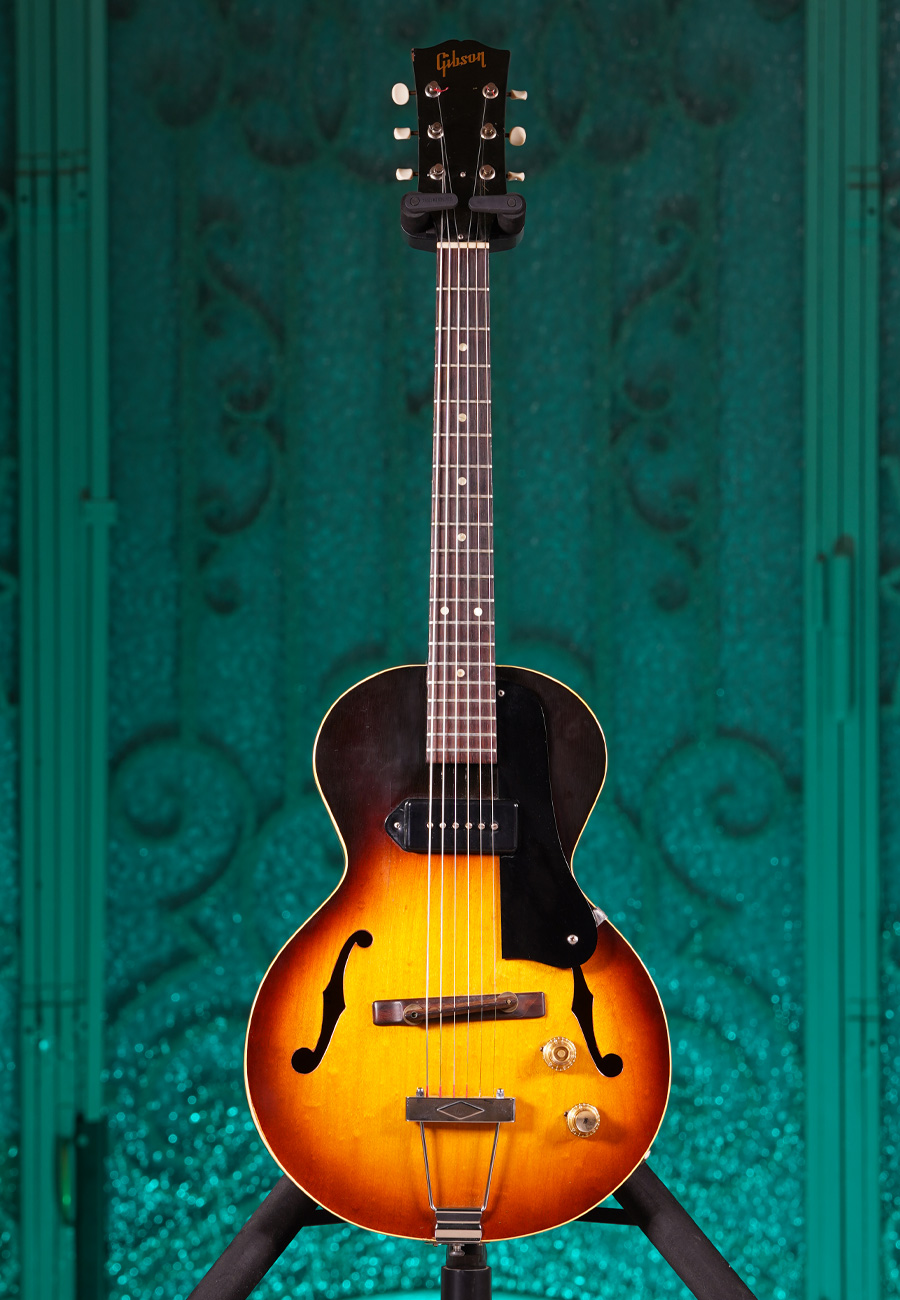
The neck is a little wide but not enormous, with a deep C shape, and the truss rod seems to be working well (there’s no bow). It’s great for dirty blues, though roll off the tone a bit and it can still do a good jazz tone. This guitar has an interesting sound: a dark-sounding pickup in a bright-sounding spot, it’s pretty far removed from anything you’re likely to come across today. That’s a shame, but also a boon to those of us seeking high-quality vintage archtops without astronomical prices. The early ES-125s, therefore, are sought neither by jazz nor by rock players.

(One exception is the first-generation ES-300, which is desirable mainly for the novelty of its enormous oblong pickup). They have neither the iconic Charlie Christian pickup nor the familiar P-90, and the bridge-mounted P-13 is a very different tone from the classic jazz box sound. Gibson’s early 1940s electric guitars have slipped under many vintage enthusiasts’ radar.

When production resumed in 1946, the 125 had been redesigned with the “classic” features that it would retain for the next fourteen years. This first incarnation of the 125 was only produced for two years, as material shortages due to World War II caused Gibson to cease production of all electric instruments in 1939. A year later, in 1941, the ES-100 was renamed the ES-125 this mainly reflected the rise in price with inflation, but Gibson also took the opportunity to enlarge the guitar’s f-holes to a larger, more modern design. The pickup location was also changed, and the P-13s were mounted near the bridge for a sharper sound. While these look somewhat like P-90s with silver covers, they are actually completely different inside. In 1940, both the 100 and 150 were overhauled with the new P-13 pickups. The ES-100 featured a solid, carved top and the same “Charlie Christian” bar pickup as its more expensive sibling, but it was made more affordable by a smaller 14.5” body, a flat back and a less ornate pickup cover. However, the 125’s origins date back to 1938 when Gibson introduced the ES-100 as a more budget-friendly alternative to its standard ES-150 electric guitar.

It sported a 16” laminated maple body and a single P-90 pickup, though in the ‘60s it diversified into its own mini-lineup of models featuring every combination of cutaway/non-cut, thin/thick body and single/double pickup imaginable (plus a ¾-sized version). The ES-125 was Gibson’s stalwart, affordable archtop electric model from the late ‘40s through the end of the ‘60s. The small body is great for playing sitting down. It's a ton of fun to play, either standing up or lounging on the couch.


 0 kommentar(er)
0 kommentar(er)
